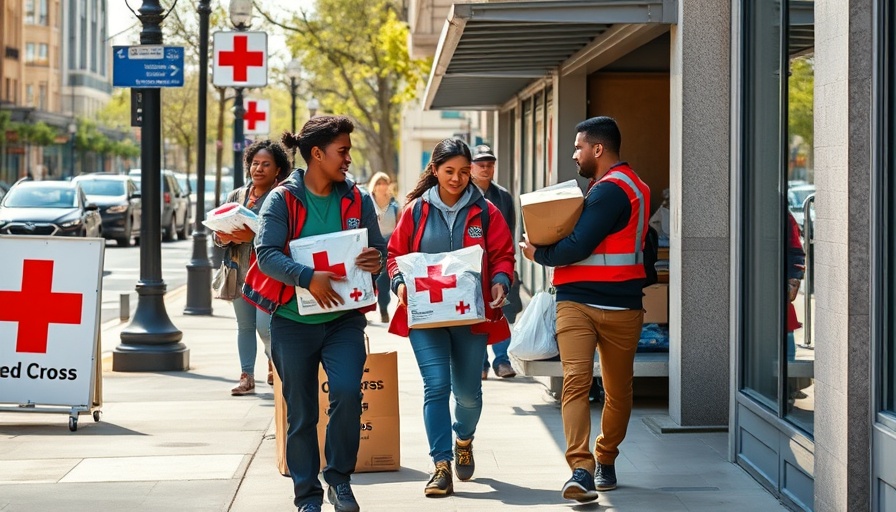
Understanding the Impact of Severe Storms in Beltrami County
Beltrami County was recently plunged into a state of emergency following a devastating storm that wreaked havoc across Northern Minnesota. Thousands have found themselves without power as utility crews scramble to restore electricity. This extreme weather event highlights an ongoing concern: the increased frequency and intensity of storms due to climate change. Residents are urged to stay informed, prepare for potential outages, and support one another during this challenging time.
Challenges Faced by Communities After the Storm
The storm’s aftermath poses numerous challenges for affected communities. With downed power lines and blocked roads, emergency responders are working diligently to address safety hazards. Families without power are facing food spoilage and emotional stress, especially those with medical dependencies on electricity. It’s touching to see local communities rally together, offering assistance to neighbors in need. Grocery stores are stepping up to limit losses, often donating perishable food items to local shelters and organizations.
Lessons Learned: Importance of Emergency Preparedness
This recent storm has served as a critical reminder of the importance of emergency preparedness. As a part of good health practices, having an emergency kit on hand—including flashlights, batteries, and a supply of non-perishable food—can make a significant difference when disasters strike. Residents are encouraged to stay educated about local emergency protocols, including how to stay safe during storms and where to find community resources.
Turning Adversity into Resilience: Local Responses
Beltrami County’s resilient spirit is showcased through various community initiatives aimed at recovery. Local leaders are organizing town hall meetings to discuss recovery strategies and share valuable information. The outpouring of offers to help, from individuals volunteering time to businesses bringing in resources, demonstrates the power of community solidarity. Initiatives like neighbor-helping-neighbor can greatly alleviate the stress during such emergencies.
Looking Ahead: Preparing for Future Storms
As climate change continues to escalate, Northern Minnesota must prepare for increasingly severe weather patterns. This entails not only personal preparedness but also advocating for better infrastructure and response strategies at the governmental level. Community members are encouraged to engage with local leaders about incorporating sustainability and emergency resilience into urban planning and emergency services. Engaging in conversations about infrastructure improvement can lead to lasting changes.
The Emotional Toll of Natural Disasters
Beyond physical damage, the emotional impact on the community can be substantial. Residents may experience varying levels of anxiety and stress as they navigate recovery. It is essential to acknowledge these feelings and seek support when needed. Community health centers and mental health professionals can provide resources for coping strategies and emotional support.
With the storm's devastation still fresh, engaging in proactive discussions can help mitigate the impact of future storms. By fostering connections and building emergency preparedness, residents can not only protect themselves but also cultivate a stronger, more resilient community.
 Add Row
Add Row  Add
Add 




Write A Comment